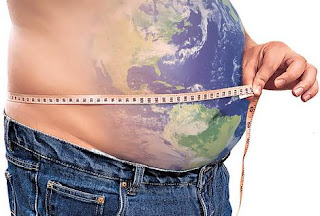Reviewed by Melissa Conrad Stöppler, MD on 7/18/2012
Does it matter where body fat is located? (Is it worse to be an "apple" or a "pear"?)
Concern is directed not only at how much fat a person has but also where that fat is located on the body. The pattern of body fat distribution tends to differ in men and women.
In general, women collect fat in their hips and buttocks, giving their figures a "pear" shape. Men, on the other hand, usually collect fat around the belly, giving them more of an "apple" shape. (This is not a hard and fast rule; some men are pear-shaped and some women become apple-shaped, particularly after menopause.)
Apple-shaped people whose fat is concentrated mostly in the abdomen are more likely to develop many of the health problems associated with obesity. They are at increased health risk because of their fat distribution. While obesity of any kind is a health risk, it is better to be a pear than an apple.
In order to sort the types of fruit, doctors have developed a simple way to determine whether someone is an apple or a pear. The measurement is called waist-to-hip ratio. To find out a person's waist-to-hip ratio
- measure the waist at its narrowest point, and then measure the hips at the widest point;
- divide the waist measurement by the hip measurement. For example, a woman with a 35-inch waist and 46-inch hips would have a waist-to-hip ratio of 0.76 (35 divided by 46 = 0.76).
Women with waist-to-hip ratios of more than 0.8 and men with waist-to-hip ratios of more than 1.0 are "apples."
Another rough way of estimating the amount of a person's abdominal fat is by measuring the waist circumference. Men with a waist circumference of 40 inches or greater and women with a waist circumference of 35 inches or greater are considered to have increased health risks related to obesity.
Reviewed by Melissa Conrad Stöppler, MD on 7/18/2012

